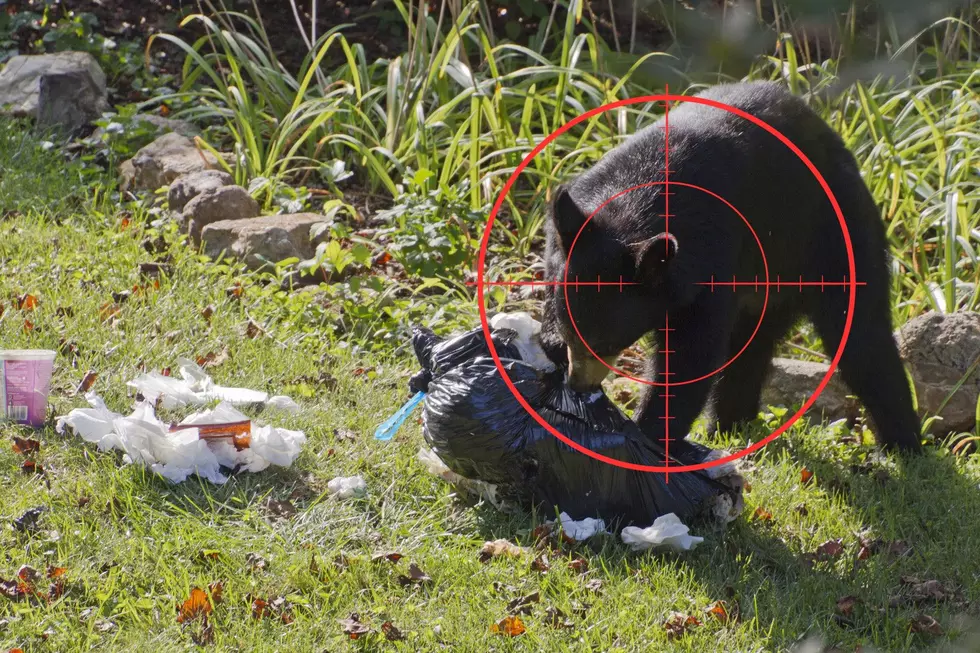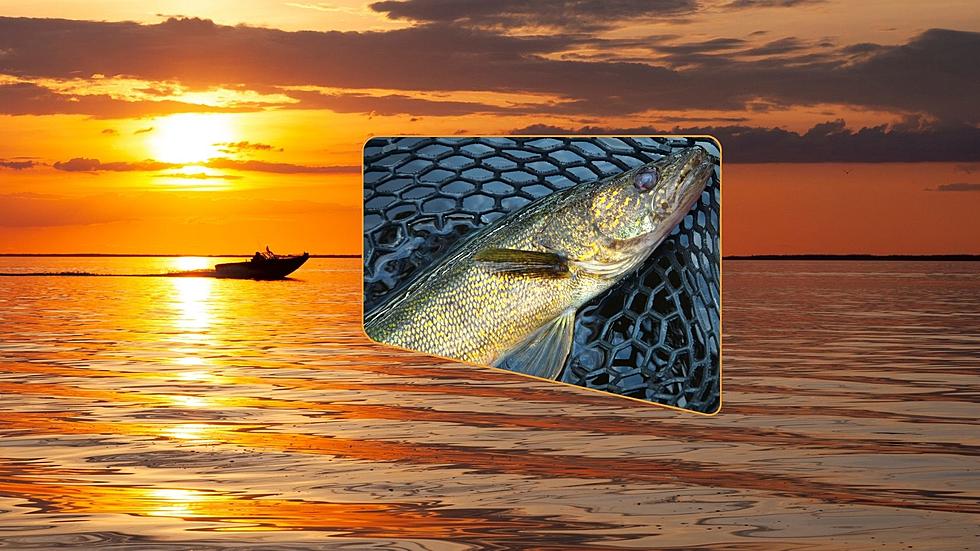
Minnesota DNR Reminds Everyone Of Ice Thickness Guidelines
Every year there are accidents and even deaths due to people going out onto ice that cannot safely support them. With that in mind, now is a great time to brush up on general ice thickness safety guidelines.
The Minnesota Department of Natural Resources created the above graphic, which gives some general thickness rules to live by. They also want to remind everyone of the following facts, which are posted on their website:
- New ice is usually stronger than old ice. Four inches of clear, newly‑formed ice may support one person on foot, while a foot or more of old, partially‑thawed ice may not.
- Ice seldom freezes uniformly. It may be a foot thick in one location and only an inch or two just a few feet away.
- Ice formed over flowing water and currents is often dangerous. This is especially true near streams, bridges and culverts. Also, the ice on outside river bends is usually weaker due to the undermining effects of the faster current.
- The insulating effect of snow slows down the freezing process. The extra weight also reduces how much weight the ice sheet can support. Also, ice near shore can be weaker than ice that is farther out.
- Booming and cracking ice isn't necessarily dangerous. It only means that the ice is expanding and contracting as the temperature changes.
- Schools of fish or flocks of waterfowl can also adversely affect the relative safety of ice.The movement of fish can bring warm water up from the bottom of the lake. In the past, this has opened holes in the ice causing snowmobiles and cars to break through.
Always make sure to check ice thickness before you go out onto it. It's also a great idea to contact local bait shops or resorts to get current conditions to make sure you're going to be safe.
Remember, no ice is ever 100% safe.
Follow the link below for even more handy information and advice.
More From B105









